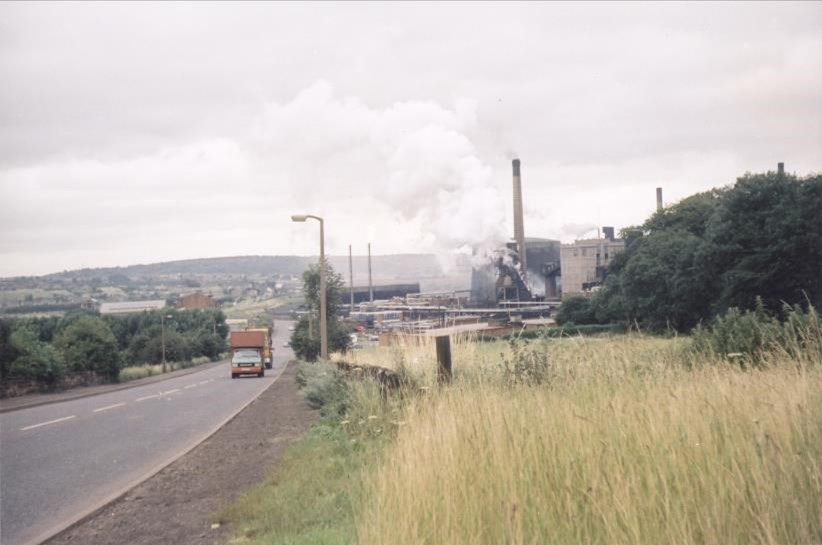The strike was often characterised by the confrontation between mass pickets and police lines. But the bloodiest day of the strike was Monday 18th June 1984.
The Battle of Orgreave, as that day became known, has gone down in history for all the wrong reasons. Violence. Deception. Brutality. Corruption. The worst public order incident since World War II.
A day that a lot of those involved have tried to forget about.

Striking miners had been picketing the site, Orgreave coking plant between Catcliffe and Handsworth, for weeks. But something was off that day.
Where usually police had blocked off routes, they were directing people towards the coking plant and signs had sprung up pointing people the right way.
Coaches full of miners from up and down the country arrived expecting to picket coke lorries bound for Scunthorpe. But 8,000 miners were met with a convoy of over 6,000 police officers, including 40-odd on horseback and a pack of police dogs. Cameras from all major news outlets were set up behind the police line.
It was a sea of bodies. Miners in shorts and t-shirts versus police in full riot gear.
Pickets surged forwards as the first lorries left and the cavalry charged. The miners responded by throwing stones at the police.
Violence erupted not long after 8am.
Bruce Wilson remembers throwing dust at the police as it got into their visors. He and his mates also made paint bombs in sandwich bags to use as ammunition.
By 10.30am, the miners had been pushed into the village which became the front line of the battle.
We’ve all seen the harrowing photos and video footage from that day. Skulls were fractured from the blow of the police truncheon, blood pouring down the faces of miners.
The miners’ perspective was never broadcast on TV, and it was later found that some news stations doctored their footage to show the miners in a terrible light. They were seen as thugs by the public, who had no sympathy for them for decades afterwards.
Around 95 miners were arrested and charged with unlawful assembly. However, for 55 miners this was later increased to riot which carried a prison sentence of 15 years to life. It went to trial where the charges were quashed. Police were found to have fabricated their statements, given false evidence, and committed perjury in the witness box.
The air wasn’t black with missiles, miners didn’t have weapons like axes, and police didn’t use the minimum force necessary.
The miners were found not guilty, but no police involved has ever faced disciplinary action.






